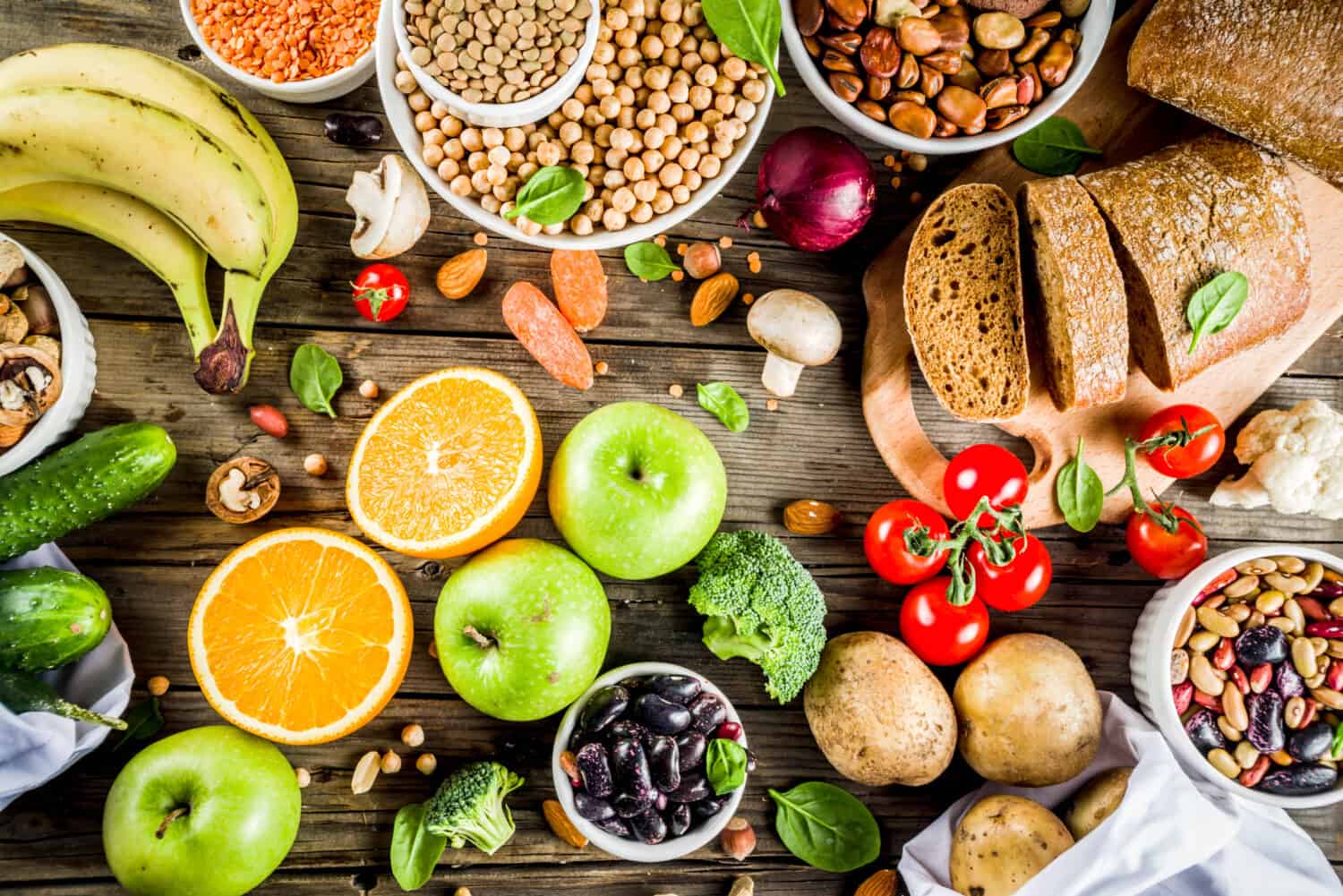We often think of fruit vs. vegetables in terms of if they’re sweet or savory. However, in comparing fruit vs. vegetables, there is actually some confusion that we’d like to help clear up. In botanical terms, anything that grows the seeds that will become future flowering plants is technically a fruit. Often mistaken for a vegetable, the tomato is actually a fruit. It has seeds that grow in its fleshy interior. Therefore, it’s a fruit. The same is true for eggplants and avocados. With these exceptions in mind, we’ll consider the differences between fruits and vegetables as follows. Their unique sugar and fiber contents affect their overall taste. Also, fruits form differently than vegetables and get used differently in cooking (via Real Simple). Let’s get more into the delicious details of what makes fruit vs. vegetables unique.
In this post, we’ll discuss the specifics of flavor, nutrition, and creation processes for fruit vs. vegetables. If you're wondering about what makes fruit vs. vegetables their own unique classification, keep on reading to find out more. You’ll learn some of the history of each. We'll talk about where they came from, how they’re currently processed, and what they’re commonly used for. By the end of this, your next trip to the grocery store will be easier than ever, especially knowing what you now know about fruit vs. vegetables.
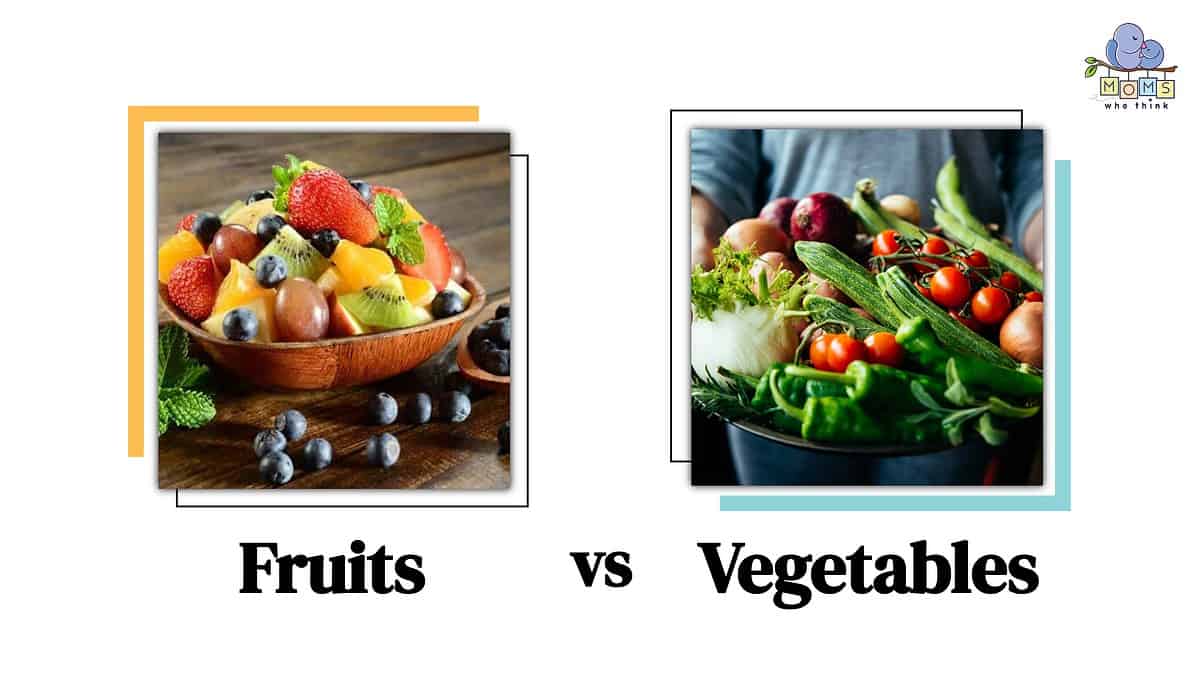
Fruit vs. Vegetables: What Is The Difference?
The major differences between fruit and vegetables come down to the way in which they are grown, their flavor, their nutritional benefits, and their uses in cooking. Not to mention the wide variance in appearance across the sheer number of fruits and vegetables. While fruits are the edible product of a flowering plant. Vegetables are parts of the plant, including the roots, the stem, and the leaves. A main differentiator is the seeds. Plant produce like cucumbers, tomatoes, strawberries, avocados, and mangoes are all considered fruits. Broccoli, lettuce, carrots, and potatoes are all examples of vegetables (via Brittanica).
- The must-have convenient reference guide for every home cook!
- Includes more than 8,000 substitutions for ingredients, cookware, and techniques.
- Save time and money on by avoiding trips to grab that "missing" ingredient you don't really need.
What Is Classified As a Fruit?
Fruits contain seeds and are the result of a flowering plant. The fruit protects the seeds for future dissemination and fertilization. In popular terms, fruit is sweet, which is why we think of citrus fruits, apples, pears, berries, grapes, stone fruits, tropical varieties, and bananas.
History and Origin Of Fruit Processing
The history of fruit processing and the evolution of fruit orchards go hand-in-hand. The truth is that fruit cultivation and harvesting have been happening for thousands of years. There is agricultural evidence of early food-growing techniques as early as 8000 B.C. in the Fertile Crescent of Israel extending through Turkey and into Iraq. Fruits were bartered and traded in ancient civilizations, though in terms of more structured processing, we can take a look at orchards throughout the new colonies.
With the help of colonization and imperialism, different seeds and types of fruit spread across the oceans. Between the 17th, and 18th centuries, fruit orchards cropped up on 3-5 acre farms across the original colonies and Spanish missions of the Southwest (via National Parks Service). Fruits were grown for different processing outcomes, whether it was the mass production of jams, syrups, and jellies, or alcoholic ciders, brandies, or wines. Modern-day fruit processing techniques have come a long way since seeded orchards. There are all kinds of updated techniques for hybridization, crossbreeding, and preserving the fruits of today.
Popular Uses For Fruit
Taste fruit in all kinds of jams, jellies, competes, and syrups. You can freeze, bake, and preserve all kinds of fruits. Use it in drinks, blend it in a smoothie, and enjoy it straight from the peel/rind/etc. Check out some of these great recipes involving fruit:
- Pears with Herbed Ricotta and Honey
- Grilled Pineapple
- Jack-O-Lantern Fruit Salad
- Raspberry Orange Muffins
- Fresh Peach Brûlée
- Nectarine Betty
- Cherry Pie
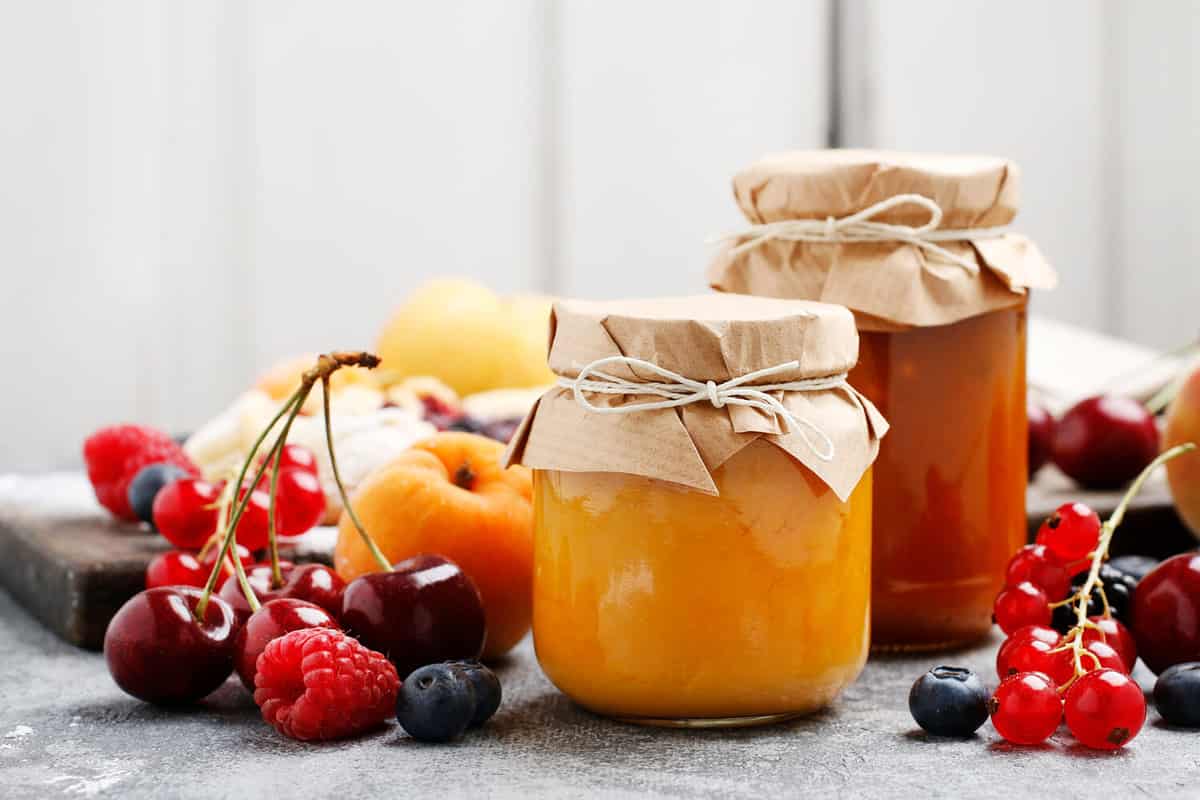
©Agnes Kantaruk/Shutterstock.com
What Is Classified As A Vegetable?
Vegetables are the edible parts of plants. These can include the roots (the tuber growing underground), leaves, seeds, and stems of the plant (via Brittanica). Root vegetable examples are beets, radishes, potatoes, and carrots. Stem veggies include asparagus and kohlrabi, while leaf and stalk veggies would be brussels sprouts, celery, spinach, cabbage, and lettuce. Seed veggies are peas and beans. Bulb veggies include onions, leeks, and garlic, and head vegetables include artichokes, cauliflower, and broccoli. Mistaken-for-vegetable fruits include peas, eggplant, corn, squash, and tomatoes. Often, vegetables are cooked in more savory dishes as opposed to sweet recipes.
History and Origin Of Vegetable Processing
Like fruit, vegetables have been cultivated for thousands of years. It is theorized that peas and grain plants were among the first domesticated crops. Early civilizations would use their locally grown vegetables in bartering for other goods and commodities they needed. The evolution of watering technology sped up between 4000 – 6000 B.C. in ancient Egyptian and Mesopotamian societies. The invention of dams and irrigation to water large vegetable crops resulted in more yield, and crop rotation techniques were introduced in the Middle Ages (via Garden Guide). As for the processing aspect, modern techniques depend on the harvesting seasons of different vegetables around the world. Updated processing methods allow for global transportation, and decrease the rate of spoiling. These techniques include blanching, dehydration, freezing, fermentation, pickling, and canning. We've come a long way in terms of vegetable production, and worldwide dissemination.
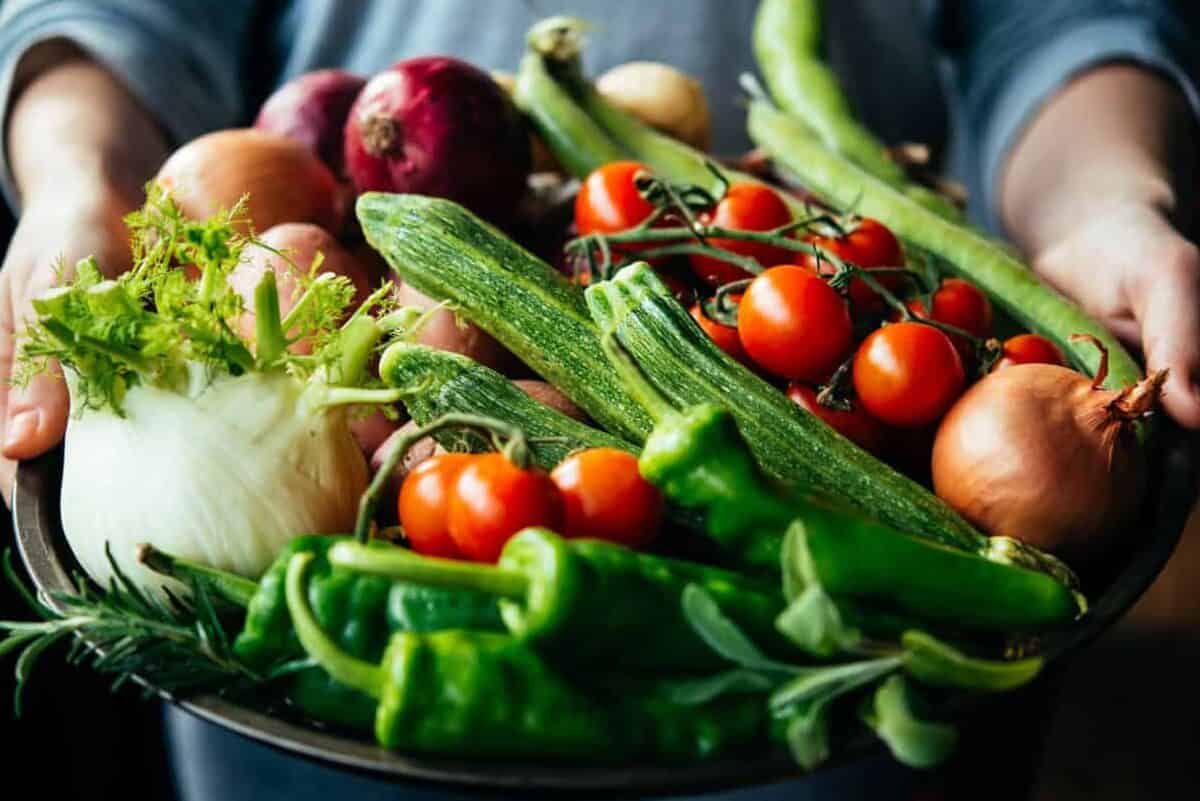
©fornStudio/Shutterstock.com
Popular Uses For Vegetables
Popular recipes involving vegetables include all kinds of fresh salads, soups, stews, and side dishes. They're phenomenal in stir-fries, as part of classic pasta recipes, and in dishes like ratatouille. Check out some of these great vegetable-based recipes:
- The must-have convenient reference guide for every home cook!
- Includes more than 8,000 substitutions for ingredients, cookware, and techniques.
- Save time and money on by avoiding trips to grab that "missing" ingredient you don't really need.
- Ziti Alfredo with Vegetables Recipe
- Summer Sunshine Beets
- Country Style Green Beans and Potatoes
- Healthy Stir-Fried Beef and Vegetables Recipe
- Basil Garlic Whole Chicken with Vegetables Recipe
- Fresh Asparagus and Avocado Salad Recipe
- Green Beans and Pecan Salad
- French Onion Soup
- Oven Roasted Radishes with Onions
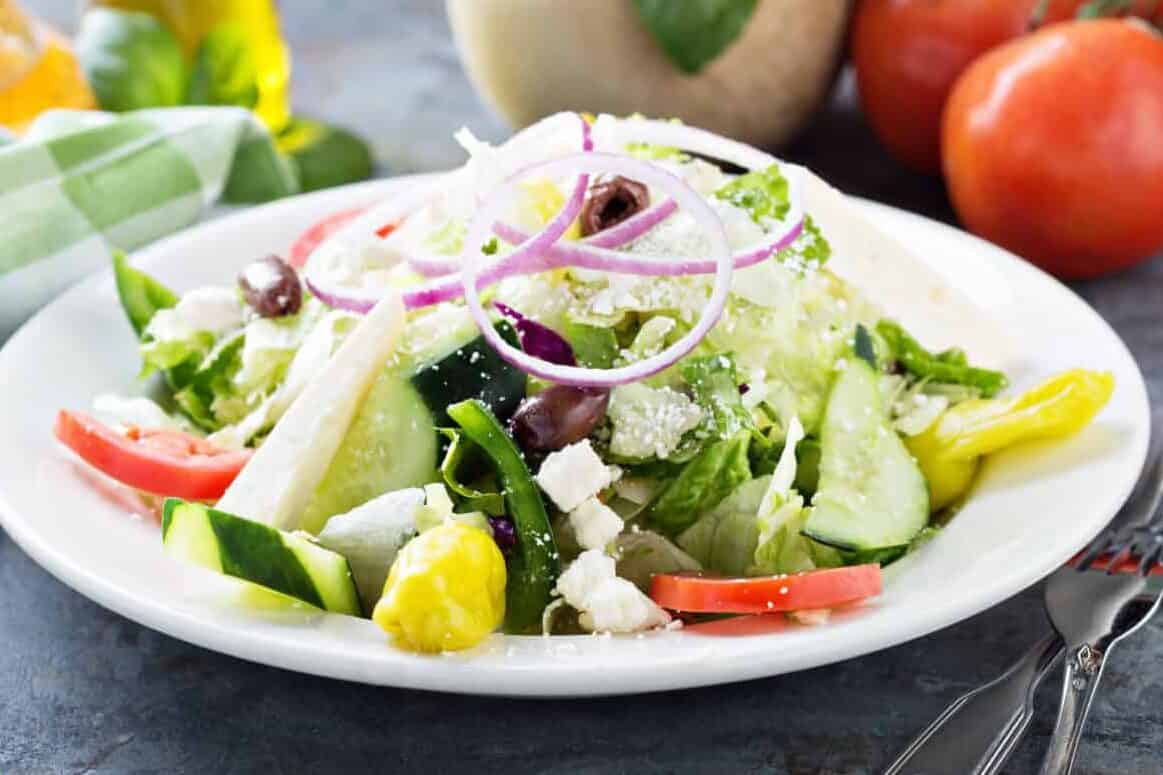
©Elena Veselova/Shutterstock.com
Health Benefits of Fruit vs. Vegetables
Examining the health benefits of fruit vs. vegetables depends very much on which fruit and which vegetable you compare. Fruits can be higher in fiber than leafy vegetables, while both fruits and all kinds of vegetables are high in vitamins, antioxidants, and healthy minerals. According to Healthline, eating more of each can decrease your risk of heart disease, and benefit your blood sugar stability. Because they are high in fiber and low in caloric content, they can be a healthy ingredient for weight loss as well.
For some specific benefits, it's good to know that tubers (think potatoes) are a great source of vitamins like beta-carotene, B, and C vitamins, as well as fiber. You can also get vitamin C from citrus fruits, which are also full of folate. Berries have anti-inflammatory compounds that can combat stress, and leafy vegetables have a type of carotenoid called “lutein” that can reduce your risk of stroke, and certain types of cancer.
Alternatives to Fruit And/Or Vegetables
If you're looking for other healthy alternatives to add to your diet, there are lots of ways to get your fill of fiber, protein, health vitamins, and minerals. Dairy yogurts, nuts, fish, beans, and peanut butter can all be sources of these much-needed nutrients. In fact, for some vitamins, like calcium, you can get more calcium from dairy products than you can from most fruits and vegetables. So, while it's better to supplement a diet of fruits and vegetables with other food groups that will boost your overall nutrition, it is possible to get them from other food groups (via Livestrong).
Comparison of Fruits vs. Vegetables
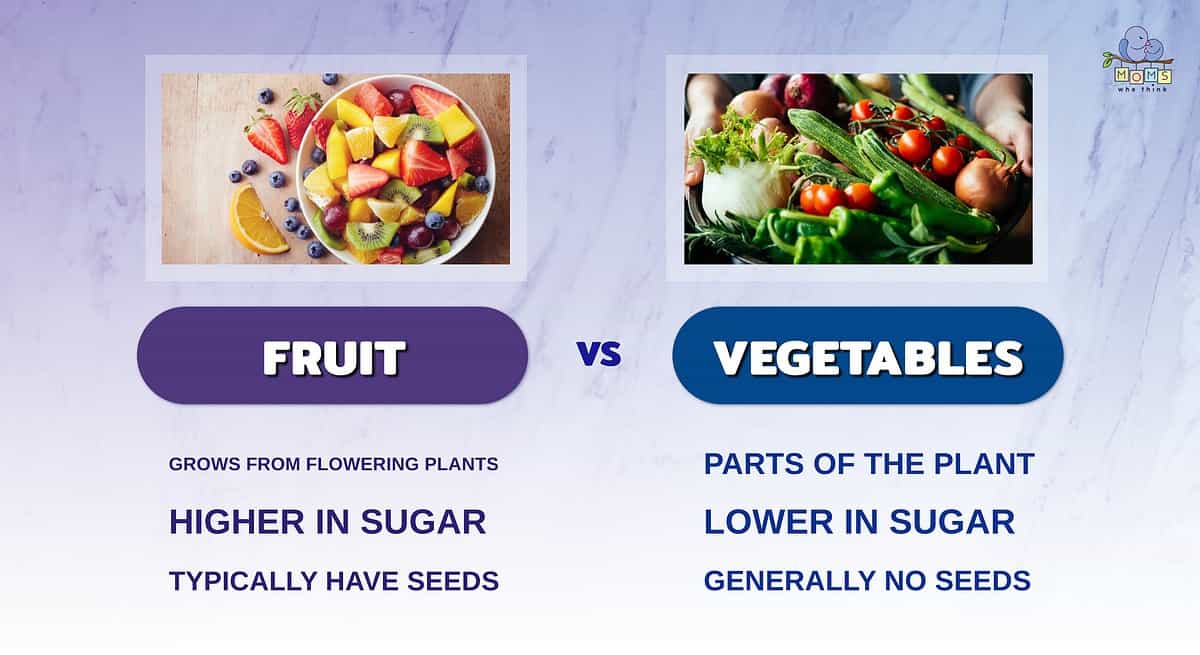
While you may not be confused about the difference between fruit and vegetables, we still think it's important to understand how they differ in ways you may not realize. So, let's do a quick recap of this article and break down how they differ:
- Fruit are generally part of a flowering plant, while vegetables are parts of the plant.
- Even though both fruits and vegetables have many health benefits, fruits are higher in sugar than vegetables.
- Many fruits contain seeds in them, whereas in vegetables, that's not generally the case.
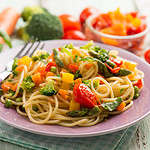
Healthy Vegetable Spaghetti
- Yield: 9 servings 1x
Ingredients
- 2 cups small yellow onions, cut in eighths
- 2 cups (about 1 lb.) ripe tomatoes, peeled, chopped
- 2 cups (about 1 lb.) yellow and green squash, thinly sliced
- 1 1/2 cups (about 1/2 lb.) fresh green beans, cut
- 2/3 cup water
- 2 Tablespoons fresh parsley, minced
- 1 clove garlic, minced
- 1/2 teaspoon chili powder
- 1/4 teaspoon salt
- to taste black pepper
- 1 can (6 oz.) tomato paste
- 1 lb. spaghetti, uncooked
- 1/2 cup Parmesan cheese, grated
Instructions
- Combine the first 10 ingredients in a large saucepan. Cook for 10 minutes, then stir in tomato paste. Cover and cook gently for 15 minutes, stirring occasionally, until vegetables are tender.
- Cook spaghetti in unsalted water according to package directions.
- Spoon sauce over drained hot spaghetti. Sprinkle Parmesan cheese on top.
Nutrition
- Serving Size: 1 cup of spaghetti and ¾ cup of sauce with vegetables
- Calories: 271
- Sodium: 328 mg
- Fat: 3 g
- Saturated Fat: 1 g
- Carbohydrates: 51 g
- Fiber: 5 g
- Protein: 11 g
- Cholesterol: 4 mg
The image featured at the top of this post is ©Rimma Bondarenko/Shutterstock.com.
- The must-have convenient reference guide for every home cook!
- Includes more than 8,000 substitutions for ingredients, cookware, and techniques.
- Save time and money on by avoiding trips to grab that "missing" ingredient you don't really need.
